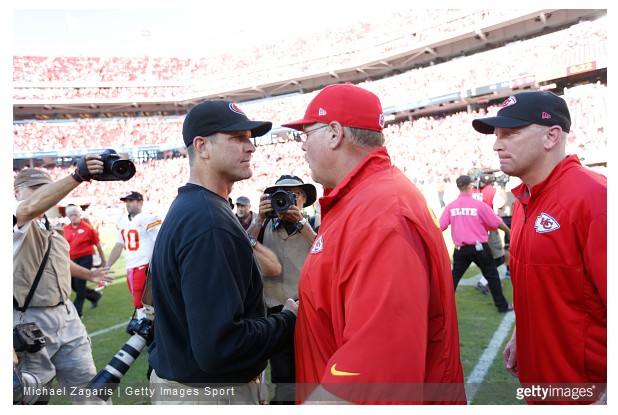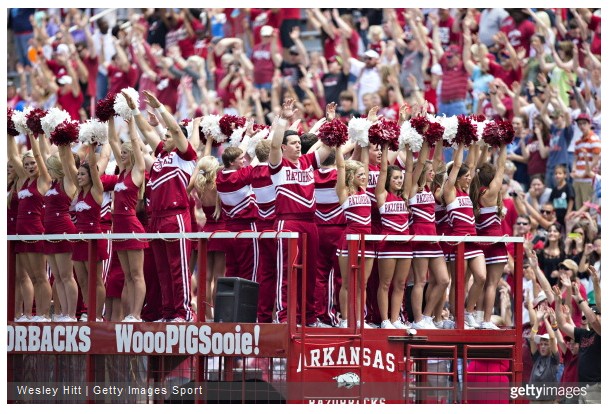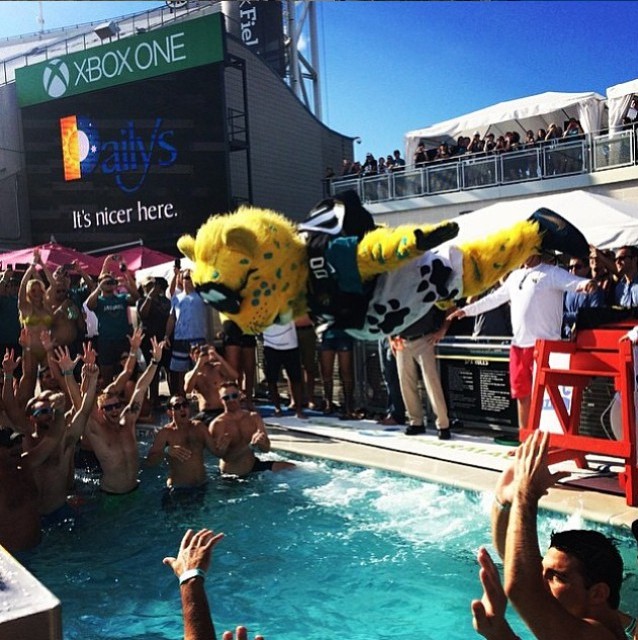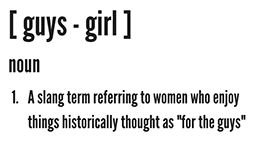In football, a team is only as good as its coach can get the players to be. NFL coaches are masterminds behind the scenes and spend almost every hour of every day trying to make their team better.
Legendary Dallas Cowboys coach Tom Landry described one aspect of his job like this: “Leadership is getting someone to do what they don’t want to do, to achieve what they want to achieve.”
The usual structure of a coaching staff works just like any other business or organization. It consists of the head coach and several assistant coaches. The coaching staff usually works every day of the week, preparing for the next opponent. Many start the next game’s preparation within hours of the previous game ending.
Coaches watch film of their opponent looking for strengths and weaknesses they can take advantage of. Once the opposing team is scouted, the coaches then go to work tweaking their own
schemes and concepts to perfect their game plan. And just like any organization, once the plan is crafted, it’s time to inform the team of the plan and execute accordingly.
Outside of preparation, the coaching staff also has the task of dealing with the players’ emotions and psyches. The coaches not only have to prepare the players physically for their opponent, but they also have to keep players focused emotionally on the task at hand.
With all this work, a staff can include anywhere from 4–15 or more coaches.
Here are the most common positions you would see on an average staff.
-
Head coach:
The head coach is the head honcho. He’s the final decision maker for the team. He’s the one who receives the accolades and criticism. He organizes a staff around him and is often the lead motivator for a team. Each head coach has his own style. Some are very detail-oriented and somewhat of a micro-manager, while others allow their assistants to run with assigned tasks. Often you will hear coaches referred to as a “player’s coach,” and others as “old school” coaches. This refers to their mentality with the players. Those coaches who are a little more laid back and easy going with the players are often referred to as “player’s coaches.” Those coaches, who are harder on the players, are the “old school” guys.
-
Offensive coordinator:
The offensive coordinator is the coach who creates, organizes and calls the offense. He assists in organizing practices and the weekly game plan. In a sense, he is the head coach of the offense. Sometimes the head coach is also the offensive coordinator
-
Defensive coordinator:
The defensive coordinator performs the same duties as the offensive coordinator, just with the defense. He creates, organizes and calls the defense. As with the offensive coordinator, sometimes this can be the head coach.
-
Special teams coordinator:
The special teams coordinator creates, organizes and calls the special team’s plays. This would include the kickoff, kickoff return, punt, punt return, field goal and field goal block teams.
-
Positional coaches:
Every position usually has a specialty coach who focuses just on that position. This coach works and focuses on the individual fundamentals, techniques and duties of that position within the offense, defense or special team. Usually there is a quarterback, offensive line, running backs, wide receivers, defensive line, linebacker, and secondary coach. In many systems the larger unit will be broken down even further (secondary may have separate corners and safeties coaches) or have two coaches working with the position.
-
Strength and conditioning coach:
Many teams today staff a position (or more) that focuses on the team’s strength, speed and conditioning development. He will organize the offseason and in-season workouts






